3 Ways to Earn 1%-2% in Short-Term Accounts
As the Federal Reserve continues to raise rates, your cash is getting a better return. But inflation is still nibbling away.

Thanks to the Fed, cash is no longer trash. Yields on short-term fixed-income accounts and securities–typically meaning those maturing in one year or less–have tracked the Fed's key rate and now are mostly between 1% and 2%. And note: If the Fed sticks with its rate-hike plan, yields on bank savings deposits, money market funds, U.S. Treasury bills and other short-term accounts could be 1.25 points higher by the end of 2019 than they are today.
Earnings for All
- 35 Ways to Earn Up to 11% on Your Money
- Short-Term Accounts: 1%-2%
- Muncipal Bonds: 2%-3%
- Investment-Grade Bonds: 3%-4%
- Foreign Bonds: 3%-5%
- High-Yield bonds: 3%-6%
- Dividend-Paying Stocks: 4%-6%
- Real-Estate Investment Trusts: 4%-9%
- Closed-End Funds: 4%-9%
- Master Limited Partnerships: 8%-11%
The risks: There is little to no risk of principal loss on most short-term accounts. The main risk is inflation. The annualized U.S. inflation rate is about 2%, and until yields rise above that mark, cash in these accounts is losing purchasing power.
How to invest: One of the most popular short-term savings options is a money market deposit account at a bank. The average national yield is a mere 0.18%, but some banks recently paid as much as 1.8% on such accounts, says Greg McBride, chief financial analyst at Bankrate.com. So it pays to shop around. Federal deposit insurance is identical at every bank: It insures deposits up to $250,000 per depositor, per institution.
From just $107.88 $24.99 for Kiplinger Personal Finance
Become a smarter, better informed investor. Subscribe from just $107.88 $24.99, plus get up to 4 Special Issues

Sign up for Kiplinger’s Free Newsletters
Profit and prosper with the best of expert advice on investing, taxes, retirement, personal finance and more - straight to your e-mail.
Profit and prosper with the best of expert advice - straight to your e-mail.
If you're willing to lock up your cash for one year, you can find banks paying as much as 2.2% on one-year certificates of deposit. But McBride says most savers are smart to stay liquid in money market accounts: "In a rising-rate environment, you want the ability to reinvest on a regular basis" at higher yields.
Banks' chief rivals for short-term savings are money market mutual funds. The average money fund yield was recently 1.3%, but some are paying significantly more. We like Vanguard Prime Money Market (symbol VMMXX, yield 1.8%). Though not federally insured, money funds are low-risk.
Finally, a super-safe option is U.S. Treasury bills. Six-month T-bills recently yielded 2%. You can buy them directly from Uncle Sam at www.treasurydirect.gov. Residents of high-income-tax states will appreciate that states don't tax U.S. Treasury interest income.
Profit and prosper with the best of Kiplinger's advice on investing, taxes, retirement, personal finance and much more. Delivered daily. Enter your email in the box and click Sign Me Up.

-
 The Retirement Donor's Checklist: Key Deadlines by Gift Type
The Retirement Donor's Checklist: Key Deadlines by Gift TypeRetirees have some charitable contribution options that can help avoid spikes in income from RMDS and capital gains.
-
 Cooler Inflation Supports a Relief Rally: Stock Market Today
Cooler Inflation Supports a Relief Rally: Stock Market TodayInvestors, traders and speculators welcome much-better-than-hoped-for core CPI data on top of optimism-renewing AI earnings.
-
 Are T-Mobile's Prepaid Perks a Home Run or a Strikeout?
Are T-Mobile's Prepaid Perks a Home Run or a Strikeout?T-Mobile's prepaid lineup promises MLB.TV, T-Mobile Tuesdays and hotspot data. But do the perks make it worth switching?
-
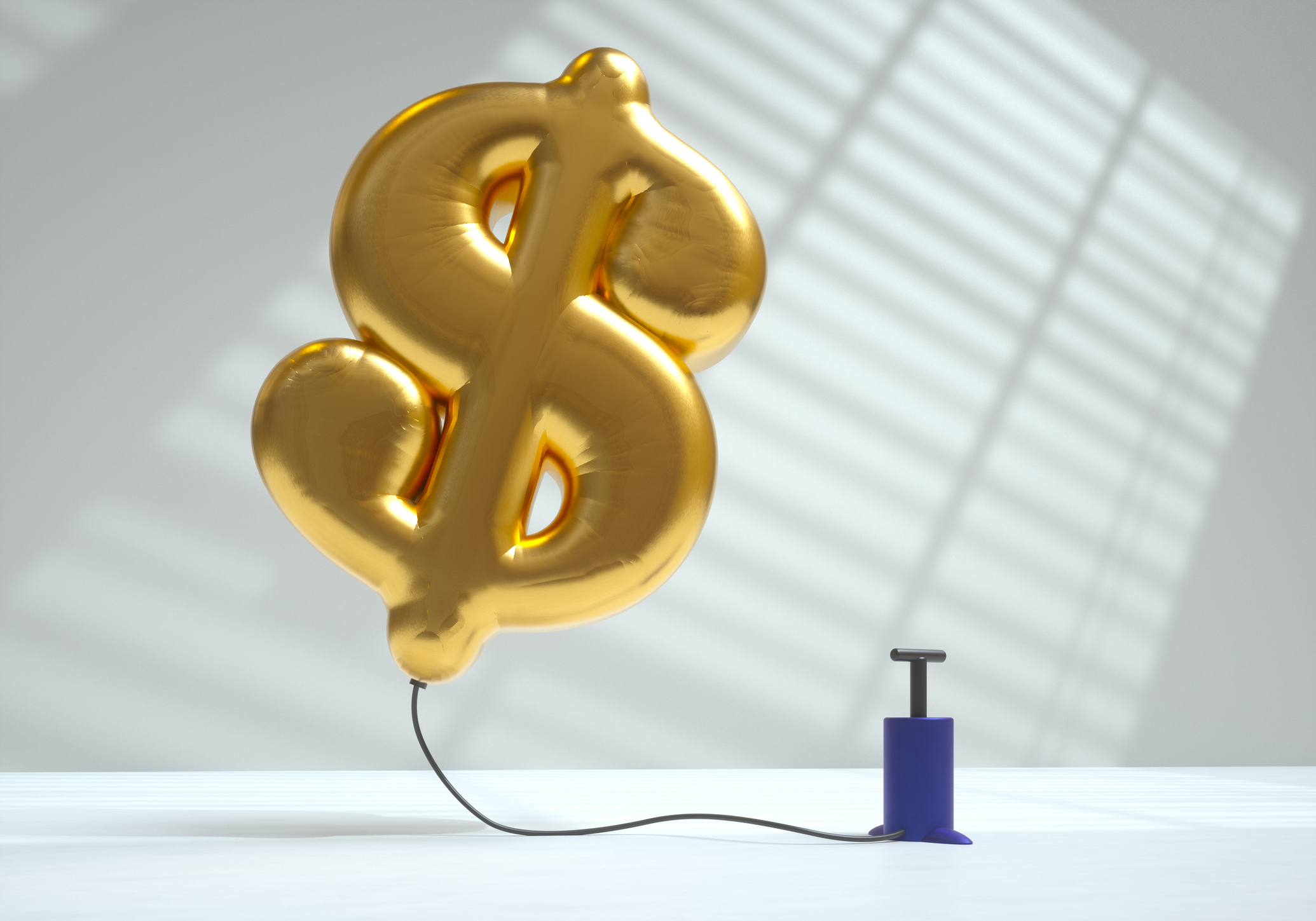 The November CPI Report Is Out. Here's What It Means for Rising Prices
The November CPI Report Is Out. Here's What It Means for Rising PricesThe November CPI report came in lighter than expected, but the delayed data give an incomplete picture of inflation, say economists.
-
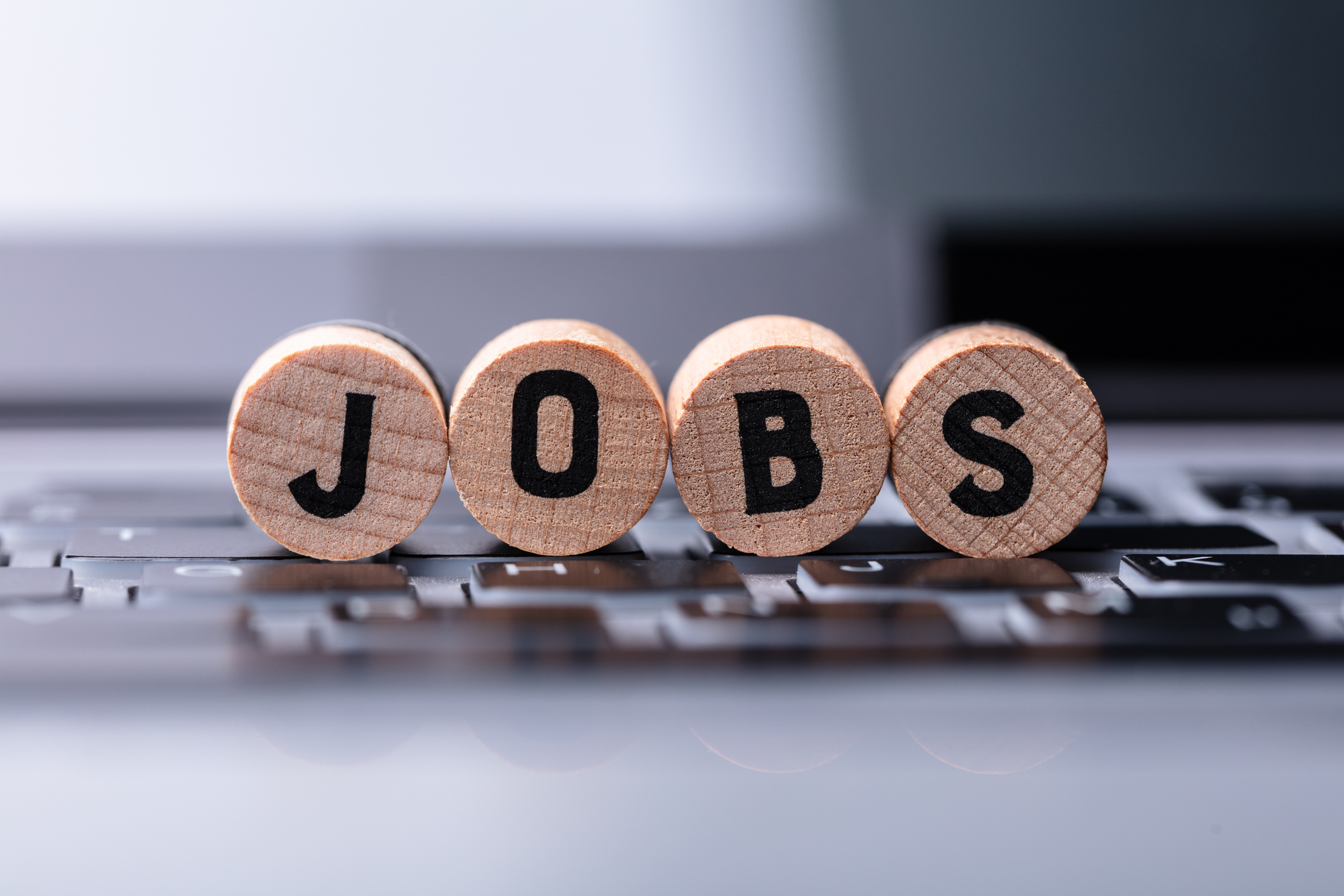 The Delayed November Jobs Report Is Out. Here's What It Means for the Fed and Rate Cuts
The Delayed November Jobs Report Is Out. Here's What It Means for the Fed and Rate CutsThe November jobs report came in higher than expected, although it still shows plenty of signs of weakness in the labor market.
-
 December Fed Meeting: Updates and Commentary
December Fed Meeting: Updates and CommentaryThe December Fed meeting is one of the last key economic events of 2025, with Wall Street closely watching what Chair Powell & Co. will do about interest rates.
-
 The Delayed September Jobs Report Is Out. Here's What It Means for the Fed
The Delayed September Jobs Report Is Out. Here's What It Means for the FedThe September jobs report came in much higher than expected, lowering expectations for a December rate cut.
-
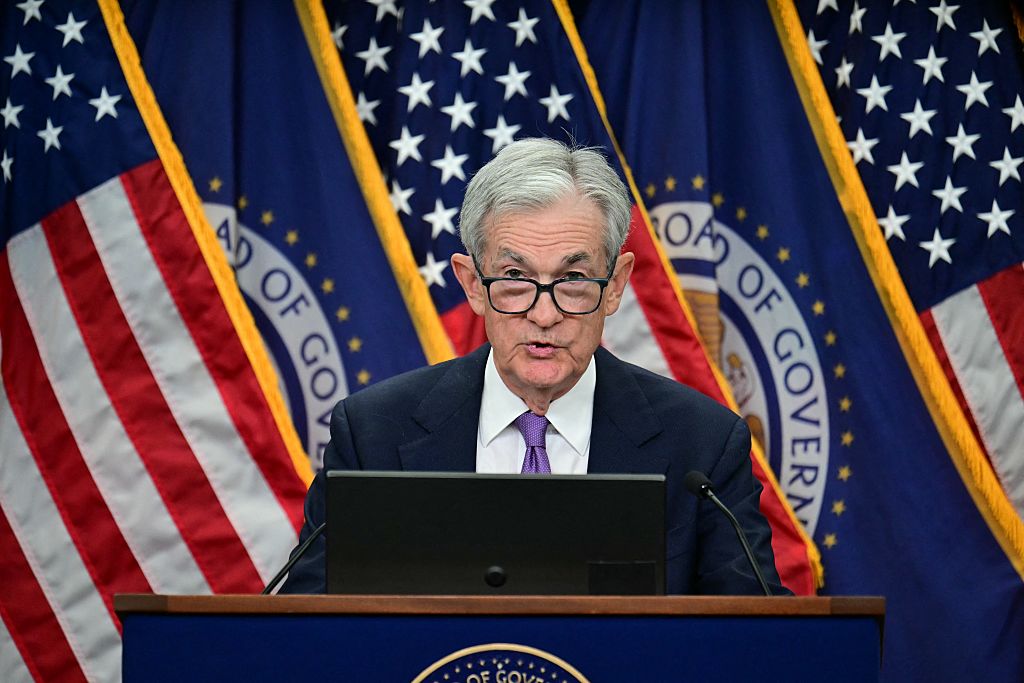 October Fed Meeting: Updates and Commentary
October Fed Meeting: Updates and CommentaryThe October Fed meeting is a key economic event, with Wall Street turned into what Fed Chair Powell & Co. did about interest rates.
-
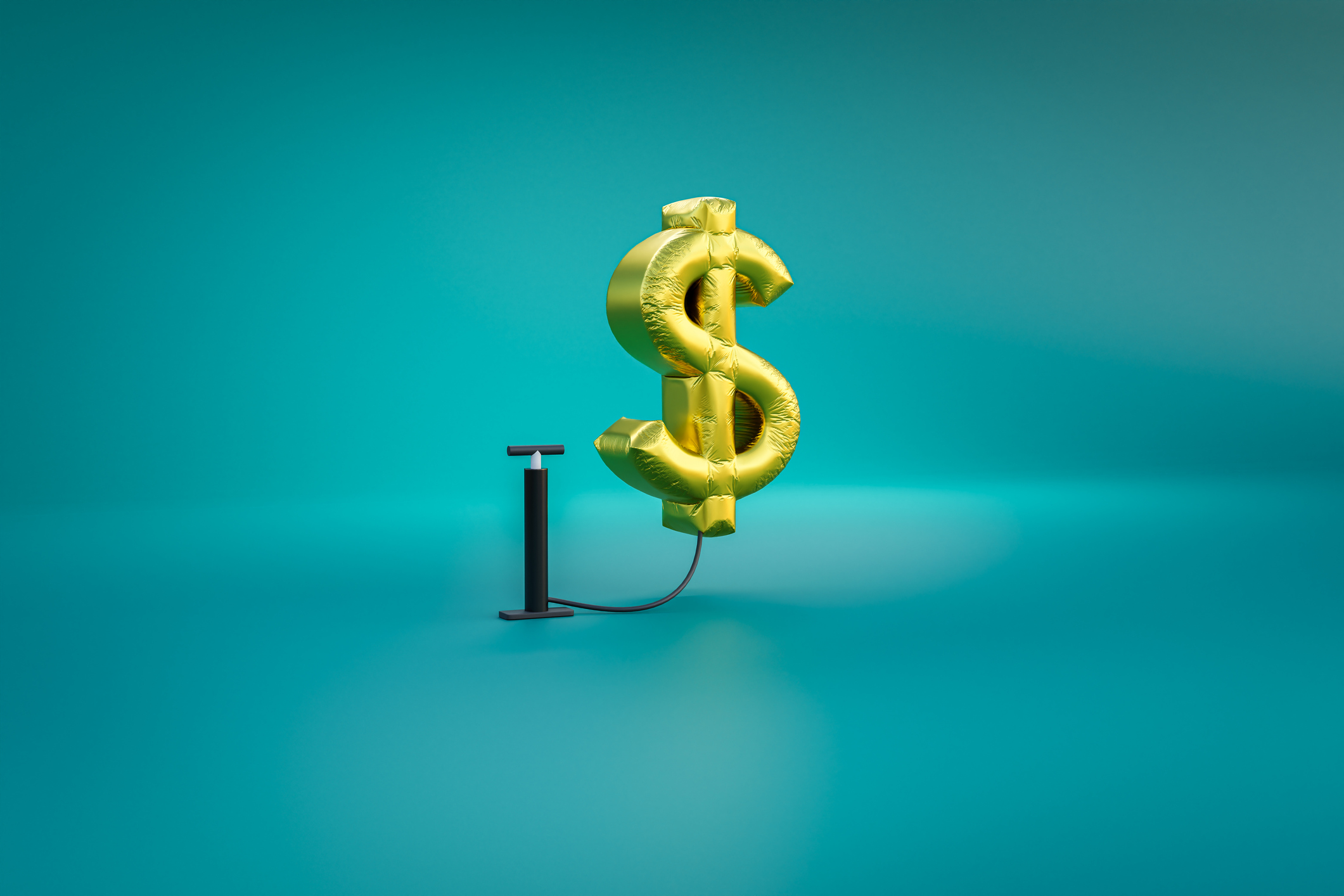 The Delayed September CPI Report is Out. Here's What it Signals for the Fed.
The Delayed September CPI Report is Out. Here's What it Signals for the Fed.The September CPI report showed that inflation remains tame – and all but confirms another rate cut from the Fed.
-
 Banks Are Sounding the Alarm About Stablecoins
Banks Are Sounding the Alarm About StablecoinsThe Kiplinger Letter The banking industry says stablecoins could have a negative impact on lending.
-
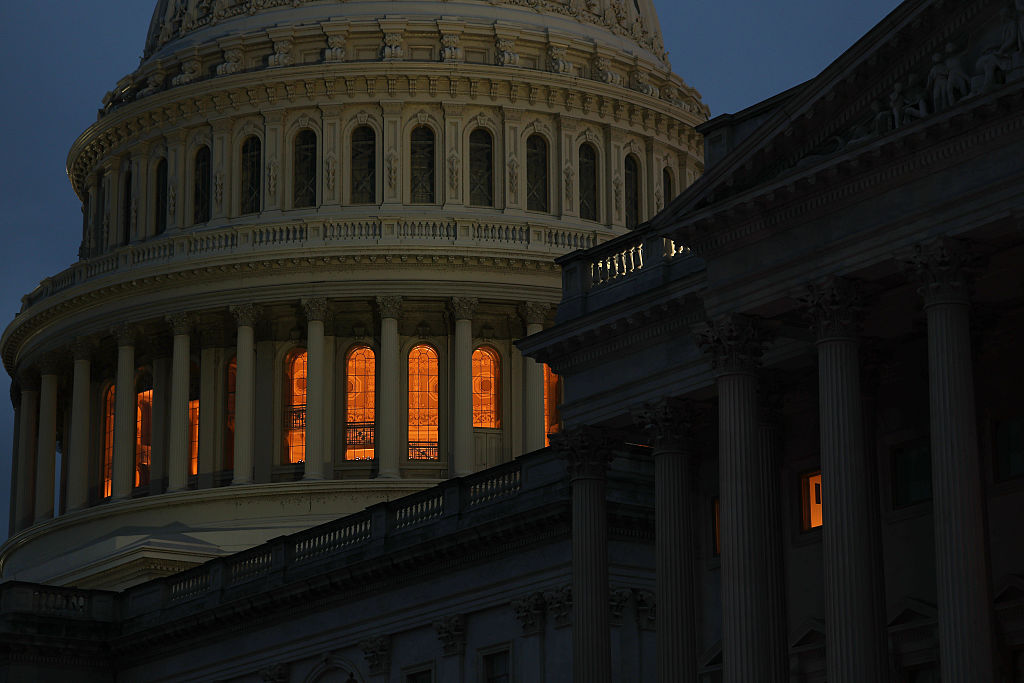 Government Shutdown to Delay Data, Including Key Jobs Report
Government Shutdown to Delay Data, Including Key Jobs ReportWhile government shutdowns typically don't impact stock returns, they can delay the release of key economic data – including the monthly jobs report.